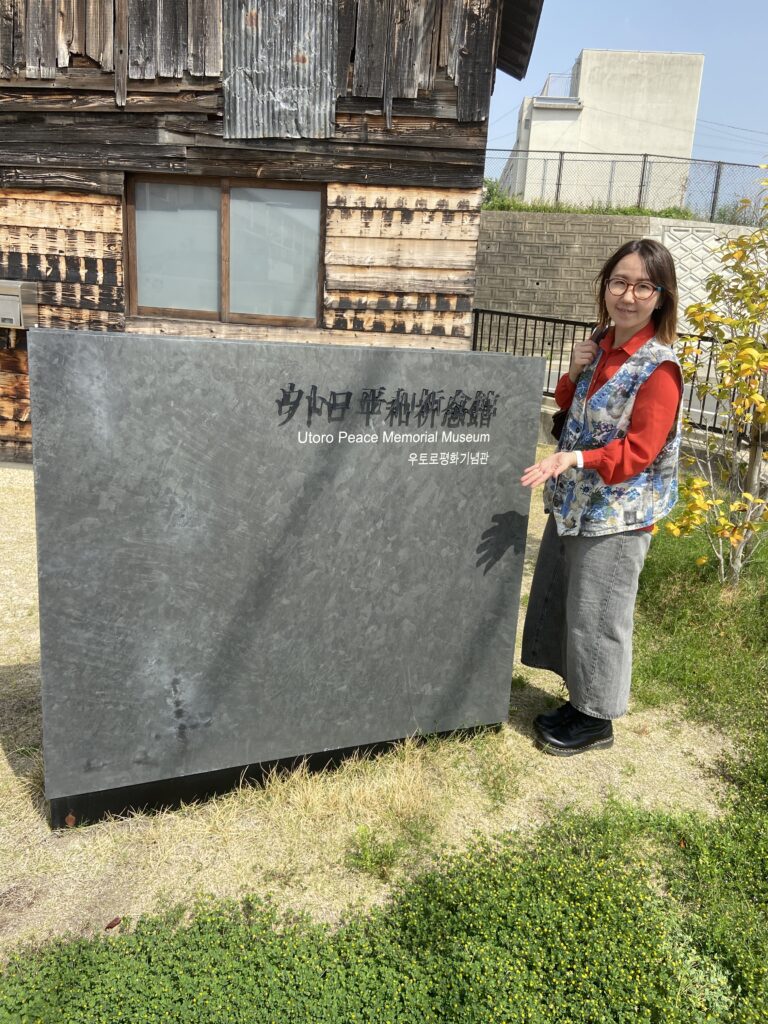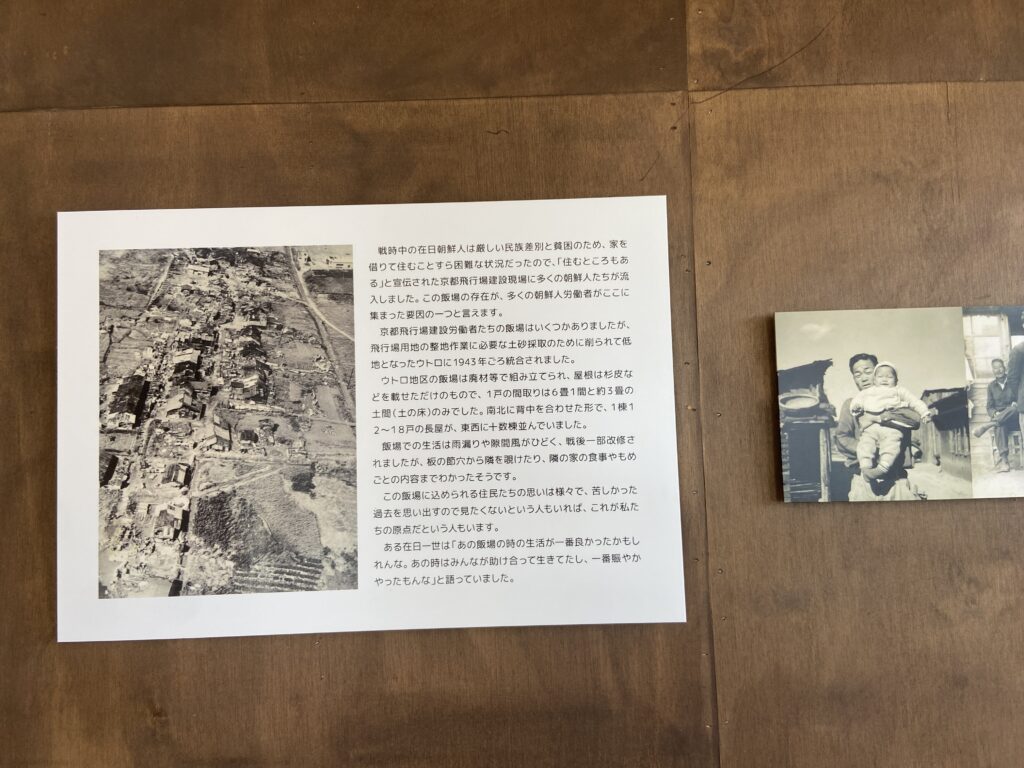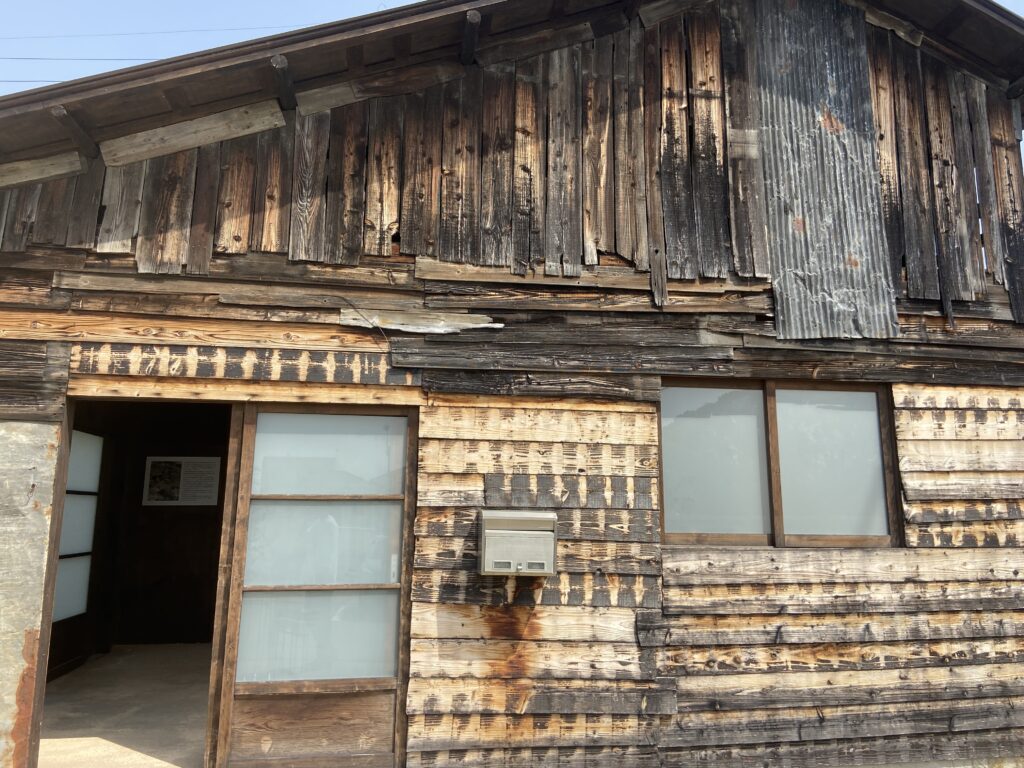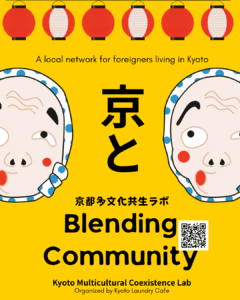What Is the Utoro District in Kyoto?
— A Place of Painful History and Hope for the Future

Hidden in a quiet corner of Uji City, just south of Kyoto, lies the Utoro District—a small neighborhood with a powerful story. It’s a community shaped by history, hardship, and resilience, home to many ethnic Koreans in Japan. Though little-known to most tourists, Utoro is a vital part of Japan’s modern multicultural landscape.
A Brief History of Utoro
Utoro’s origins trace back to the final years of World War II, when many Koreans were brought to Japan to work in military factories. After the war, the factories closed—but many Korean workers and their families, with nowhere to return, remained in the area.

However, the land they lived on was not theirs, and for decades, Utoro existed as an informal settlement. Residents lived in poorly built homes, often without basic infrastructure like running water or sewage. They also faced widespread discrimination and social exclusion.
A Struggle Against Eviction
In the 1980s, redevelopment plans threatened the existence of Utoro. Landowners demanded the eviction of residents. But the community fought back.
With support from activists across Japan and abroad, Utoro residents organized protests and legal campaigns to stay in their homes. Their fight, known as “The Utoro Issue,” drew national attention. Eventually, part of the land was purchased and transferred to the community, marking a major turning point.
Public infrastructure was gradually improved, and new housing was built. Utoro began to transform into a livable and dignified neighborhood—but the trauma and injustice of the past have not been forgotten.
Utoro Peace Memorial Museum: Preserving the Past
In 2022, the Utoro Peace Memorial Museum opened as a place to preserve and share the district’s history. Inside, visitors can learn about the life stories of residents, see historical photos, and understand the roots of discrimination that still affect Korean communities in Japan.
The center also hosts talks, film screenings, and cultural events, offering a space to reflect on human rights, peace, and coexistence.
Life in Utoro Today
Today, most of the old shacks are gone, replaced by new public housing and infrastructure. Utoro is no longer a hidden slum—but it remains a symbol of survival, memory, and community.
Young people from both inside and outside the community are now involved in keeping Utoro’s story alive, leading tours, organizing events, and making connections with the wider world.

Before You Visit: A Note of Respect
Utoro is not a tourist spot—it’s a living neighborhood. If you choose to visit, please do so respectfully. Walk quietly, follow local rules, and remember that this is a place where people live.
But if you’re interested in Japan’s diverse communities, or if you want to learn about a part of history often left untold, a visit to Utoro can be a deeply moving experience.
| Utoro Peace Memorial Museum Address: 51 Iseta-cho, Uji City, Kyoto Hours: 10:00–17:00 (Closed on Tuesdays) Admission: Free (donations welcome) Website: https://utoro.jp/ |

87pft2
gi5zzb
zggnfd
https://t.me/s/Top_BestCasino/141
slot365 net Ngoài ra, đơn vị này còn được cấp phép hoạt động từ Curacao eGaming và chịu sự giám sát của PAGCOR – hai tổ chức có quy trình xét duyệt nghiêm ngặt đối với mọi hoạt động giải trí trực tuyến. Giấy phép số 365/JAZ là bằng chứng xác thực cho tính pháp lý của toàn bộ hệ thống mà người chơi có thể kiểm chứng bất cứ lúc nào.
2pg6de